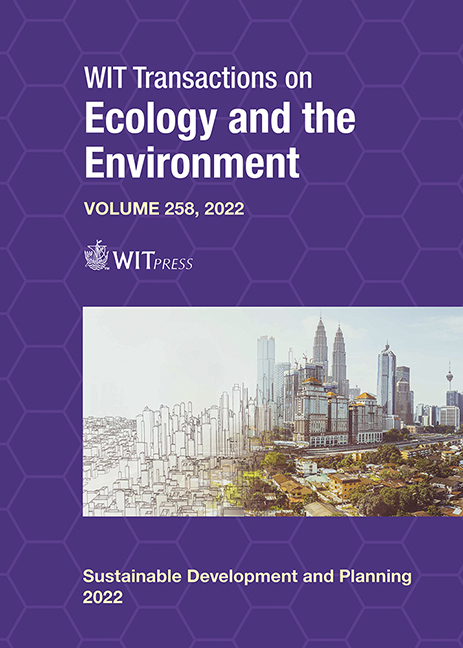“PROXIMITY” AS A DESIGN STRATEGY FOR SUSTAINABLE, COLLABORATIVE AND INCLUSIVE URBAN PUBLIC SPACES
Author(s)
DANILA LONGO, SERENA ORLANDI, ANDREA BOERI, BEATRICE TURILLAZZI
Abstract
Public spaces at neighbourhood scale represent the main scenario of citizens’ life, nodes that define an archipelago of places with a key role in promoting and fostering the enhancement and maintenance of the built environment through mutual collaboration. This network of open and built spaces traces the reference infrastructure of urban planning and redevelopment models, based on proximity as device for physical and social relationship, central in the post-pandemic city debate. “The city of proximity” is the first focus addressed by the Atelier of Urban Innovation Lab in Bologna: an exhibition and laboratory space for comparison and co-design of public space, housed inside the City Hall of the Italian metropolitan city of Bologna and co-curated by the Department of Architecture, University of Bologna and the city agency Foundation for the Urban Innovation. The Atelier explores urban dynamics and contemporary challenges using analogue and digital tools investigating the potential of the ecosystem defining the realm of the everyday dynamics – for instance, squares, courtyards, markets, libraries, urban gardens, playgrounds, sport equipment, etc. In addition to the physical transformations linked to the concept of proximity, the design process, the actors involved and the results obtained are considered relevant. This paper, framing the topic on transition city issues, addresses the potential, transversal and recurrent features of neighborhood spaces with the aim of acknowledging replicable strategies and design practices for collaborative cities based on new form of citizen democracy that encourage the reactivation of places, community creation, resilience to climate change and sustainable mobility, as experimented by the lab-like environment of Urban Innovation Lab Bologna.
Keywords
city of proximity, urban planning, community creation, urban public space, sustainable, mobility, design strategies, co-design platforms, social innovation practices, urban transformation






